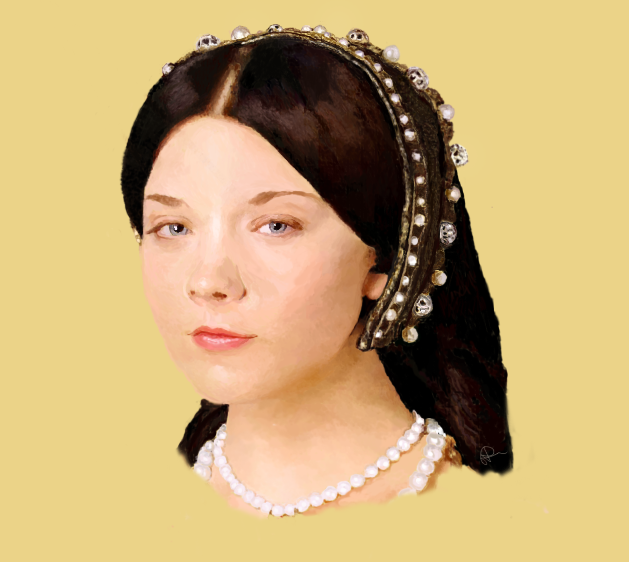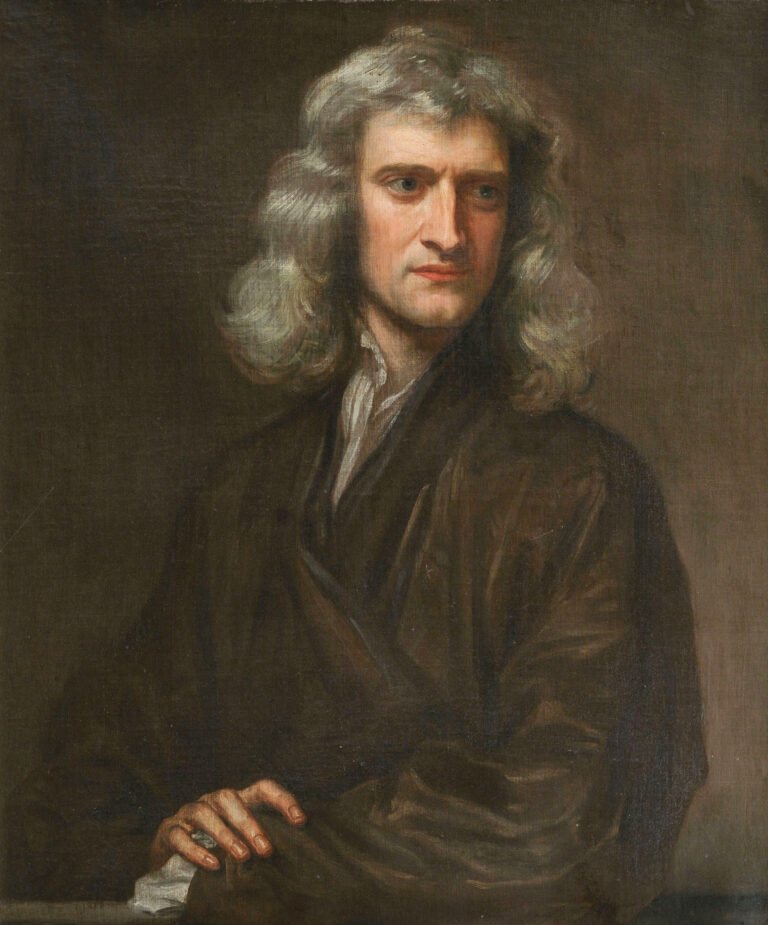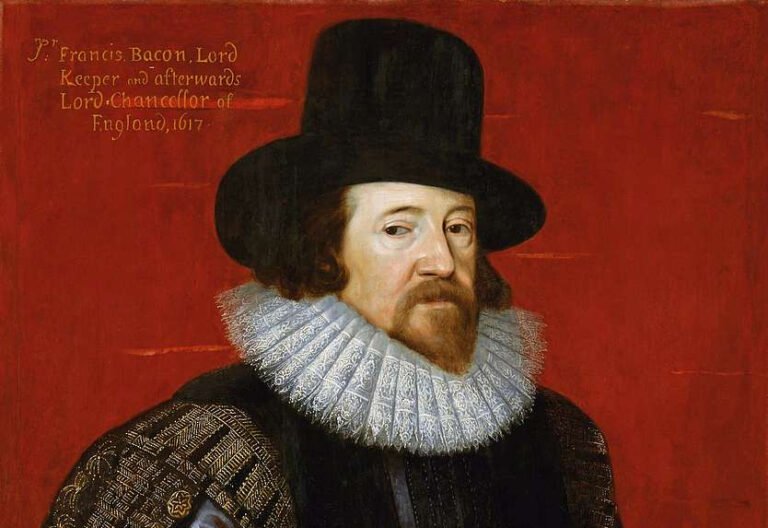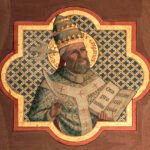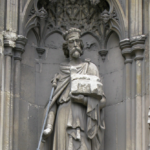Anne Boleyn is one of history’s most intriguing figures. Her life and death still captivate many.
Anne Boleyn was the second wife of King Henry VIII and the mother of Queen Elizabeth I. Her story is filled with drama, power, and tragedy. Anne’s marriage to Henry led to England’s break from the Catholic Church. Her life, although short, had a lasting impact on English history.
From her rise to queen to her tragic downfall, Anne’s tale is one of ambition and betrayal. This blog explores her fascinating journey, shedding light on her influence and legacy. Join us as we delve into the life of Anne Boleyn, a woman who changed the course of history.
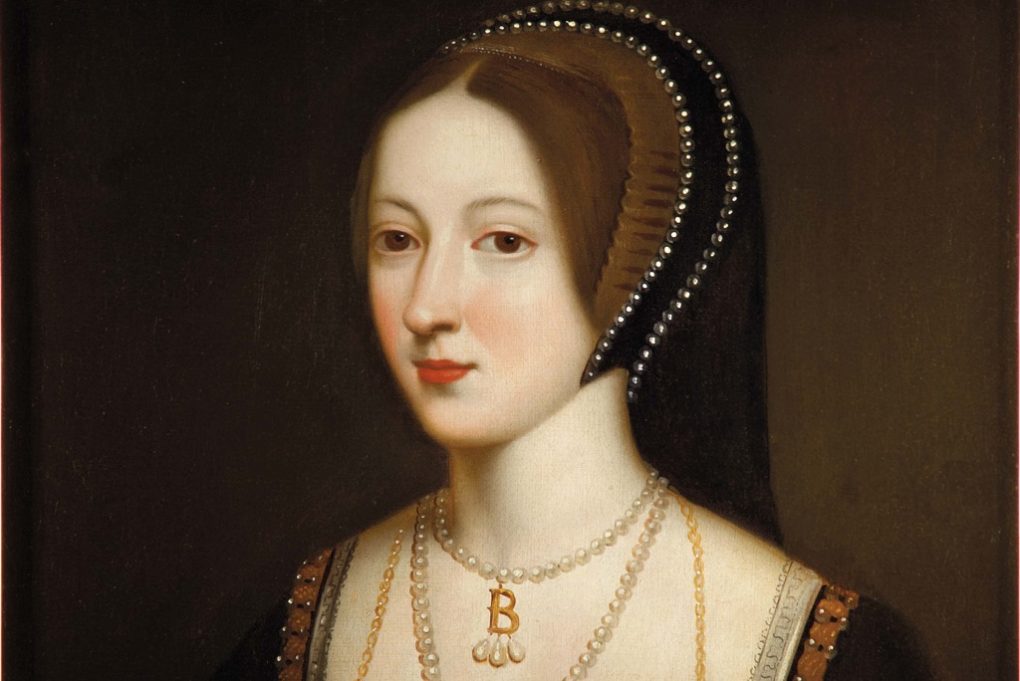
Credit: www.hevercastle.co.uk
Early Life
Anne Boleyn, the second wife of King Henry VIII, had a fascinating early life. Her journey began in the early 1500s. She grew up in a world of privilege and education. This section explores her family background and childhood experiences.
Family Background
Anne Boleyn was born to Thomas Boleyn and Elizabeth Howard. Her father was a respected diplomat. He served under King Henry VII and King Henry VIII. Anne’s mother came from a noble family. Elizabeth was the daughter of Thomas Howard, the 2nd Duke of Norfolk. The Boleyn family had strong ties to the English court.
Anne had a sister named Mary and a brother named George. Her family was well-connected. This connection gave Anne opportunities. She would later use these to her advantage.
Childhood And Education
Anne spent part of her childhood in the Netherlands. She lived there under the care of Archduchess Margaret. Anne then moved to France. She served Queen Claude of France. These experiences shaped her education.
She learned many subjects, including French and etiquette. Anne became fluent in French. She also learned music, dance, and literature. Her education made her a cultured and intelligent woman. These traits would catch the eye of King Henry VIII.
Anne’s early life was full of learning and experiences. This set the stage for her future role as queen. Her family’s influence and her education prepared her well. She was ready for the challenges ahead.
Rise To Prominence
Anne Boleyn, the second wife of King Henry VIII, rose to prominence in the early 16th century. Her journey from a noblewoman to queen is a tale of ambition, charm, and political maneuvering. She captivated the English court and changed the course of history.
Court Life
Anne Boleyn’s court life began as a lady-in-waiting. She served Queen Catherine of Aragon. Her intelligence and charisma quickly made her stand out. She was well-educated and fluent in French. This made her different from many other ladies at court. Anne’s fashion sense was also notable. She introduced French styles, which became popular. Her presence at court was like a fresh breeze. People noticed her unique blend of charm and sophistication.
Relationship With Henry VIII
Henry VIII first noticed Anne in 1525. She refused to become his mistress. This was unusual and made Henry even more interested. Anne wanted to be his queen, not just a lover. Their relationship grew over the years. Henry wrote her passionate letters. He admired her intelligence and strong will. Anne’s refusal to submit increased her allure. Henry’s desire for a male heir drove his determination. He sought an annulment from Catherine to marry Anne.
Their relationship faced many challenges. The Pope refused to annul Henry’s marriage to Catherine. This led to the English Reformation. Henry broke from the Catholic Church. He established the Church of England. In 1533, Henry and Anne married. She was crowned queen shortly after. Her rise to prominence was complete. Yet, it set the stage for dramatic events to come.
Marriage To Henry VIII
Anne Boleyn’s marriage to Henry VIII marked a pivotal point in English history. Their union was not only a royal affair but also a catalyst for religious and political upheaval. It transformed the landscape of the English monarchy and the church forever. Let’s delve into the details of their wedding ceremony and the political implications that followed.
Wedding Ceremony
The wedding ceremony of Anne Boleyn and Henry VIII was a secret and private affair. They married on January 25, 1533, in a small chapel in the Palace of Whitehall. The ceremony was conducted away from the public eye to avoid scandal and controversy. Only a few trusted courtiers and priests were in attendance.
Anne wore a simple yet elegant gown, reflecting the intimate nature of the event. Henry, on the other hand, adorned himself in regal attire. The marriage was solemnized by a priest who was loyal to the King. This clandestine wedding was the beginning of a series of tumultuous events in English history.
Political Implications
The marriage had significant political implications for England. Henry VIII was already married to Catherine of Aragon, and his marriage to Anne Boleyn led to a major conflict with the Pope. The Pope refused to annul Henry’s first marriage, causing a rift between England and the Catholic Church.
Henry’s determination to marry Anne prompted the English Reformation. He broke away from the Catholic Church and established the Church of England, with himself as the Supreme Head. This move allowed Henry to annul his marriage to Catherine and legitimize his union with Anne.
Anne’s marriage to Henry VIII also had implications for the royal succession. Anne gave birth to Elizabeth, who would later become one of England’s greatest monarchs. This marriage set the stage for significant changes in English politics, religion, and society.
The political landscape of England was forever altered by Anne and Henry’s union. Their marriage was not just a personal alliance but a turning point that shaped the future of the nation.
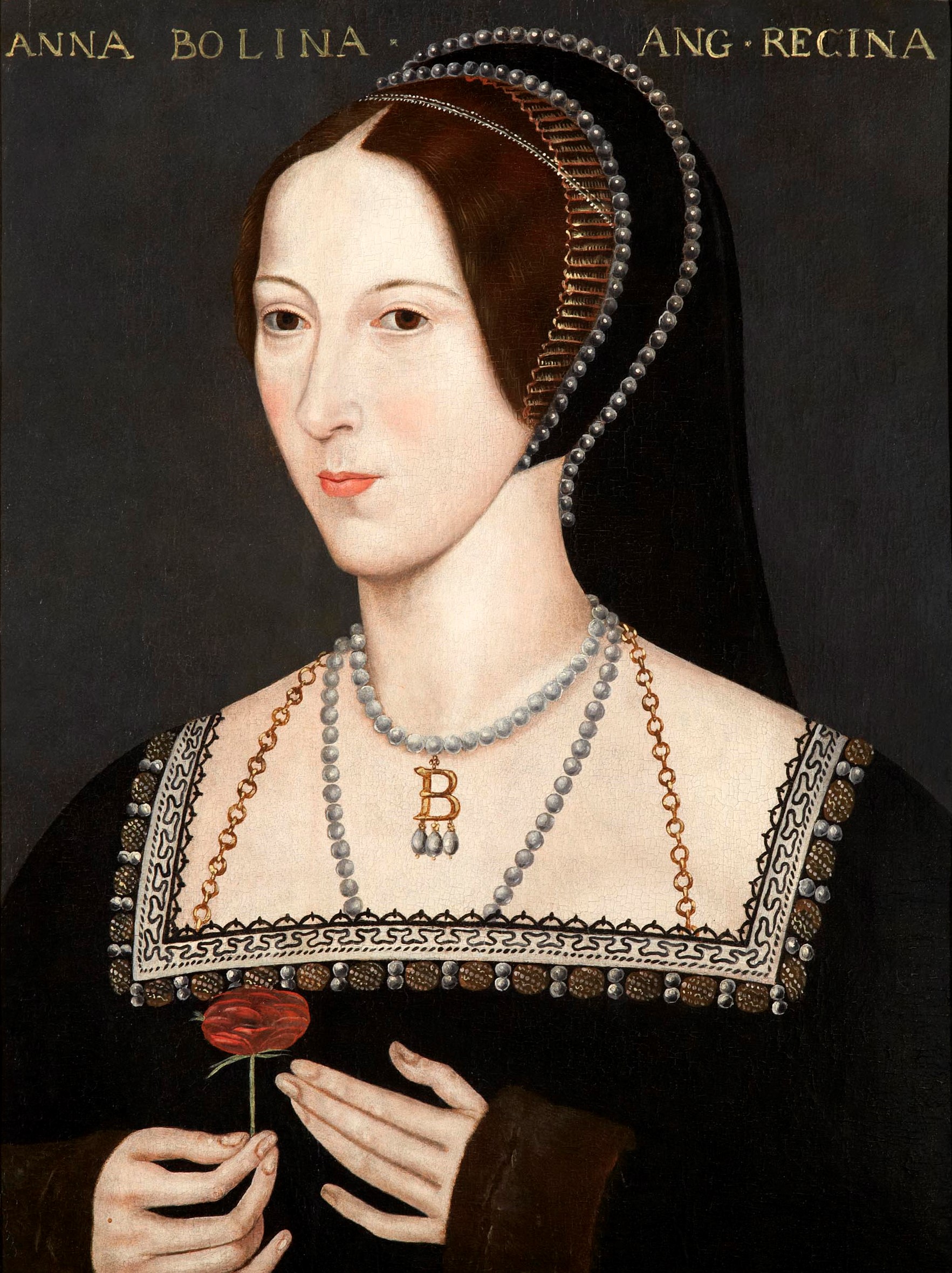
Credit: en.wikipedia.org
Queenship
Anne Boleyn’s queenship was a pivotal period in English history. She was the second wife of King Henry VIII and the mother of Queen Elizabeth I. Her reign brought significant changes to the royal court and the nation.
Role And Influence
Anne Boleyn played a crucial role in the English Reformation. Her influence over Henry VIII led to the Church of England’s break from the Roman Catholic Church. She was a patron of the arts and a supporter of religious reform.
As queen, Anne had a strong political presence. She advocated for alliances with Protestant states and promoted the careers of reformist clergy. Her intelligence and charm made her a key figure in the royal court.
| Role | Influence |
|---|---|
| Political Advisor | Supported Protestant Reformation |
| Patron of the Arts | Promoted Reformist Clergy |
| Queen Consort | Advocated for International Alliances |
Public Perception
Public perception of Anne Boleyn was mixed. Some saw her as a progressive leader. Others viewed her as a usurper and a threat to traditional values.
Anne’s strong personality and political maneuvers attracted both admiration and envy. She faced accusations of witchcraft and infidelity, leading to her downfall. Despite this, her legacy as a queen remains influential.
- Admired by Reformists
- Criticized by Traditionalists
- Accused of Witchcraft and Infidelity
In the end, Anne Boleyn’s queenship left a lasting impact on England. Her life and reign continue to fascinate historians and the public alike.
Downfall And Execution
Anne Boleyn faced a tragic downfall after failing to produce a male heir. She was accused of treason and executed in 1536. Her death marked a significant turning point in English history.
Accusations And Trial
In the face of mounting opposition, Anne Boleyn faced a series of grave accusations that led to her trial.
Final Days
As her final days approached, Anne Boleyn bravely faced her impending fate with unwavering strength.
Legacy
Anne Boleyn’s legacy has influenced history, culture, and society in numerous ways. She was a key figure in the English Reformation and the mother of Queen Elizabeth I. Her impact continues to spark interest and debate among historians and the public alike.
Historical Impact
Anne Boleyn played a crucial role in the English Reformation. Her marriage to King Henry VIII led to England’s break from the Catholic Church. This shift allowed the establishment of the Church of England. Anne’s influence on Henry’s decisions reshaped the religious landscape of England.
Her execution marked a significant moment in history. It highlighted the dangers of court politics and royal favor. Anne’s life and death serve as a reminder of the volatile nature of Tudor England. Her story continues to captivate historians and laypeople alike.
Cultural Depictions
Anne Boleyn has been depicted in various forms of media. She appears in books, films, and television series. Each portrayal offers a unique perspective on her life and character. These cultural depictions help keep her story alive for new generations.
One of the most famous portrayals is in the novel “The Other Boleyn Girl.” This book was later adapted into a film, reaching a wider audience. Anne also appears in the acclaimed television series “The Tudors.” These works highlight her complexity and enduring appeal.
Controversies
Anne Boleyn remains one of history’s most controversial figures. Her life and legacy spark debates and discussions to this day. Her story is filled with intrigue, mystery, and disputed facts. Scholars and enthusiasts often argue about her true nature and actions.
Debated Facts
Many facts about Anne Boleyn’s life are debated. Some believe she was a cunning woman who manipulated King Henry VIII. Others see her as a victim of political schemes. Her exact birth year is uncertain. Estimates range from 1501 to 1507. The cause of her downfall is also a hot topic. Was she guilty of the charges against her? Or was she falsely accused to make way for a new queen?
The number of her pregnancies remains unclear. Some records suggest she had several miscarriages. Each of these points fuels controversy. Historians continue to search for definitive answers.
Modern Interpretations
Modern interpretations of Anne Boleyn vary widely. Some view her as a feminist icon. They see her as a strong woman who challenged the norms of her time. Others portray her as a tragic figure. A woman caught in a web of power and betrayal. Movies, books, and TV shows often depict her life. These portrayals influence public perception.
Some recent historians aim to clear her name. They argue that she was innocent of all charges. They present new evidence and perspectives. Yet, the true story of Anne Boleyn might remain a mystery forever. Her life continues to fascinate and spark debate.
Anne Boleyn’s Children
Anne Boleyn was the second wife of King Henry VIII. She is well-known for her role in the English Reformation. Her children had a significant impact on English history.
Elizabeth I
Anne Boleyn’s most famous child is Elizabeth I. Born on September 7, 1533, Elizabeth became one of England’s greatest monarchs. Her reign, known as the Elizabethan Era, brought prosperity and cultural growth.
Elizabeth I never married and had no children. She was known as the “Virgin Queen.” Her rule saw the defeat of the Spanish Armada and the flourishing of English drama, including the works of Shakespeare.
Other Offspring
There is no solid evidence of other surviving children of Anne Boleyn. Some historians suggest she may have had miscarriages. The historical records are unclear.
Anne’s inability to produce a male heir was one reason for her downfall. Henry VIII desired a son to secure the Tudor dynasty.
FAQs
Who Was Anne Boleyn?
Anne Boleyn was the second wife of King Henry VIII of England. She was the mother of Queen Elizabeth I. Her marriage to Henry led to the English Reformation.
Why Was Anne Boleyn Executed?
Anne Boleyn was executed on charges of treason, adultery, and incest. Historians believe these charges were false and politically motivated.
How Did Anne Boleyn Influence History?
Anne Boleyn’s marriage to Henry VIII led to the creation of the Church of England. Her daughter, Elizabeth I, became one of England’s greatest monarchs.
What Were Anne Boleyn’s Early Life And Education?
Anne Boleyn was educated in the Netherlands and France. She served in the court of Margaret of Austria and Queen Claude of France.
Conclusion
Anne Boleyn’s story remains both captivating and tragic. Her life shaped England’s history. Her legacy continues to inspire and intrigue. She faced immense challenges with courage and determination. Her story teaches us about resilience and ambition. Anne’s journey reminds us of the complexities of power and love.
Her influence endures, making her an unforgettable figure. Explore her tale to better understand this remarkable woman.

